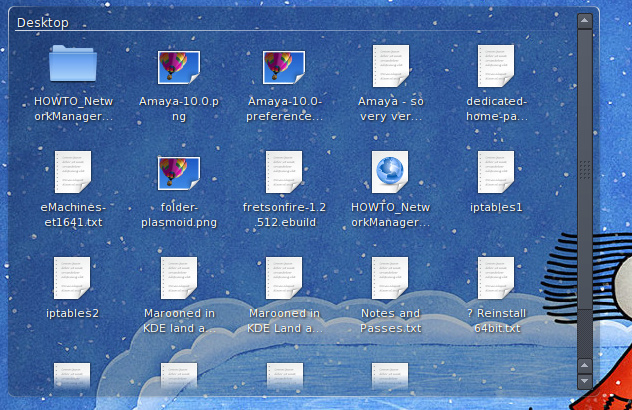Based on the three distros that you stick with, I'm somewhat curious. I assume from your avatar that Debian is your true favorite, but since Ubuntu is based on Debian, I also assume that the same is true of Kubuntu. The poser for me is that if it is Debian based, then why did I have to use a rpm, instead of a deb to install Opera? If I recall, Suse has the ability to use debs with some kind of special installer, is that true of Ubuntu and Kubuntu?
Yes, openSUSE needs to convert .deb's to RPM's for it to work.
You see debs and rpm's are packaged differently thus why you have those opposing formats.
The rationale was that linux was never meant to have binary blobs like windows, this way packagers can more easily package and maintain apps.
In windows sure everything is managed in one single universal format (.exe) but for open source developers its a terrible format to work with.
And yes technically linux has a universal installer, source tarballs (sort of like zip files but with source code to be compiled in it)
Its how those sources are compiled, managed and maintained is where the difference lays.
There are pros and cons to both formats
.deb is a little more standard
while .rpm offers delta rpm's a feature that makes large package files smaller.
There is no clear advantage nor disadvantage to either though in the past I found .deb better at managing dependencies.
Speaking of which, you might have encountered them by now, they are basically parts to an app that it needs to pull in to work.
This kind of thing points out the advantages and disadvantages of linux app installation and windows installation.
In windows its like getting an action figure with all the accessories, but if you want to use other toys parts tough luck, it may come with extra accessories that you dont want, like buying a My Little pony with an AK-47 in the set despite it more fitting for a G.I Joe (okay bad comparison to those nonsense toolbars and junk you get with some windows installers but same diff)
Linux uses more of a lego brick approach, sure all the pieces are there but it lets you assemble it.
Here is a little question that I think yo can answer pretty easily...I've found some wallpaper that I like on Suse that I would like to use on Windows, but have not found where Suse stores it's wallpaper navigating with Dolphin. I also tried using whereis, but the result I got is confusing:
View attachment 25973
The question is two part...what does the return in the terminal mean, and where is wallpaper actually kept in Suse?
EDIT: Disregard my question about the whereis return, I now see that is just the starting line.
Most distros store their wallpaper in the /usr/share/wallpapers/ directory
though I know one or two who put it in the /usr/share/backgrounds/ directory
But that goes down to the distro, default UI and all that.
